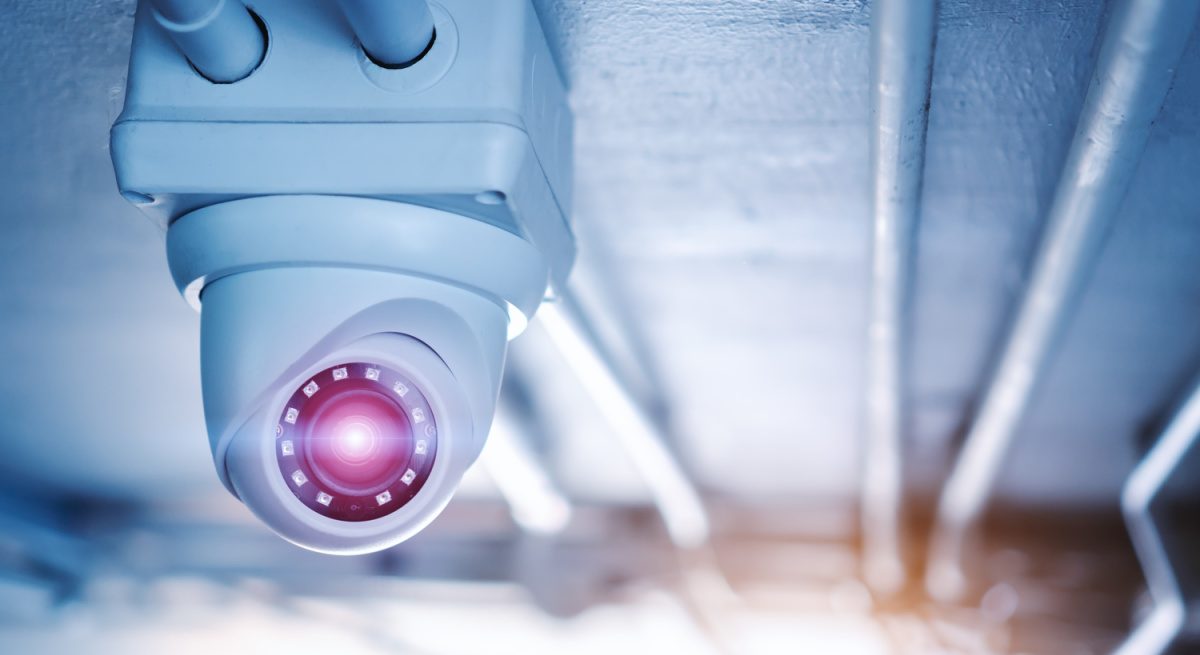Best Practices to Prevent Theft in Your Restaurant
5 Min Read By Brian Rippee
Restaurant theft is expensive. One study found that internal employee theft is responsible for 75 percent of inventory shortages and about 4 percent of restaurant sales. That totals between $3 and $6 billion annually. There are all kinds of different types of restaurant theft, ranging from food and inventory, theft at the register and checkout counter, external grease theft, time theft and employee product theft.
It’s also more prevalent than some restaurant owners and managers might want to believe. The same study found that About 75 percent of employees steal from their workplace at least once, if not repeatedly. That means, in a vacuum, three out of every four of your employees could potentially engage in some form of theft from your business. That hurts your bottom line and is regressive to the rest of your restaurant operation. So, how can you put safeguards in place to help deter restaurant and employee theft? Here are a few options to consider.
1. Invest in Security Cameras
A simple and practical measure to prevent theft is investing in restaurant surveillance. Having security cameras is a clear yet subtle way to state to your staff and guests that they are being monitored. According to a study , observing the behavior of employees that were under electronic surveillance reduced theft by 22 percent. Three months after installing surveillance, theft was down even further. Seems simple enough, right? Whether it is one of your employees or a guest in your restaurant, they are much less likely to attempt to steal something if they know they are on camera. Security cameras will also help you identify someone after a theft is committed.
Where you place your security cameras is just as important as having them in the first place. What good is surveillance if the important parts of the restaurant aren’t visible on them? Make sure the important areas of your kitchen are easily visible on surveillance such as the cooler and cabinets, register and all entrances and exits. Before you begin the install process, make sure that your video surveillance setup is in line with the law and respects employees and customer privacy.
2. Implement a Point of Sale System
Simply put, a point of sale is where you ring up customers for the product they purchased. A point-of-sale system is the hardware and software that enables your business to make those sales. A POS system is much more than a cash register or a checkout counter and its capabilities extend beyond that. It’s what allows you to keep track the total sales your business makes every day.
In a restaurant setting, an order cannot be placed without a point-of-sale system. It relays the order to the kitchen for you, and in most cases, it is password protected and an order cannot be changed by anyone other than a manager or designated person in charge of overseeing the system.
Why is this helpful? Theft at the register is prevalent in restaurants and is one of the easier ways to steal money without detection. A POS will prevent employees from editing orders, voiding bills, as well as under and overcharging. Having something in place to track all orders will help keep your register balance straight and will help you identify if something is amiss with your register or daily ledger.
3. Inventory Management System
Restaurant theft in the back of house often occurs when no one is watching, and while security cameras and POS Systems can help, an inventory management system is a great way to add another layer of security. You should have an inventory management system in place, regardless of a presence of theft as it helps you optimize your inventory ordering to improve your bottom line. But it also helps prevent back-of-house theft.
Stealing supplies, ingredients and other inventory items is common and can be hard to monitor. Having an inventory management system, conducting regular reporting and a physical inventory check will help you keep track of ordered inventory and will help you quickly notice if something is missing. Consider utilizing a digital checklist management app to perform reporting and stock-taking easily and effectively.
Supplies and ingredients can get expensive. It’s hard enough optimizing your inventory to minimize what is wasted, the last thing you need is a shortage due to theft. Having an inventory management system will not only shrink your bottom line due to optimal management, but it will also help deter back-of-house theft.
4. Secure the Outside of Your Building
While employee theft is certainly a large part of what comprises restaurant theft, the threat extends beyond the confines of your kitchen and with your staff. Securing the exterior of your building, the parking lot and the surrounding area is a proactive way to prevent thieves from breaking into your kitchen or stealing items that rest outside of your building.
Your restaurant likely has multiple doors and a variety of ways to enter and exit your building. Not all of these should be accessible to everyone at any time. The back or side door from your kitchen that lets out into the parking lot should always remain locked, aside from an employee needing to go in-and-out of it for a task. Leaving a back door open or unlocked is inviting trouble. It gives burglars easy access to your building. It also creates an opportunity for employees to discreetly slip out of the building with money or restaurant property. Designate an entrance and exit for your employees to enter and leave work every day and restrict access to all other doors and exits unless specifically needed. It will keep your staff safe and deter theft.
Your used cooking oil storage bin is also an enticing proposition for thieves. The grease that fries your food has value, and because of that, it’s a target of criminals. In fact, it’s an annual eight-figure black market. Grease thieves will break into your tank, damage your property and steal your oil while leaving a mess behind. This costs you time, money and compromises your staff’s safety. Make sure you have up-to-date storage equipment, It’s safer and more efficient. If you must empty your oil into an outside corral, make sure your staff knows not to leave the door propped open, inviting thieves inside.
5. Be Transparent and Educate Your Staff
Transparency with your restaurant staff can help deter theft. Craft a direct company policy on employee theft with clear, concrete consequences for theft. Make sure your employees know what will happen if caught stealing. Educate them on the high cost of theft, how it hurts everyone involved in the long run and that it will potentially impact on their jobs and pay. The more they learn about the costs and consequences, the less likely they will be to commit theft.
Have an open-door office policy. Encourage your staff to report any potential wrongdoing This will make it easier for employees to report theft. If you can create a positive, transparent culture that has everyone believing they are all rowing in the same direction and that the theft prevention will benefit everyone in the long run, you can drastically mitigate the prevalence of theft within your kitchen.
Theft is a rampant issue within restaurants, but implementing these safety measures and practices will go a long way in ensuring that your business is not a victim of restaurant theft.


